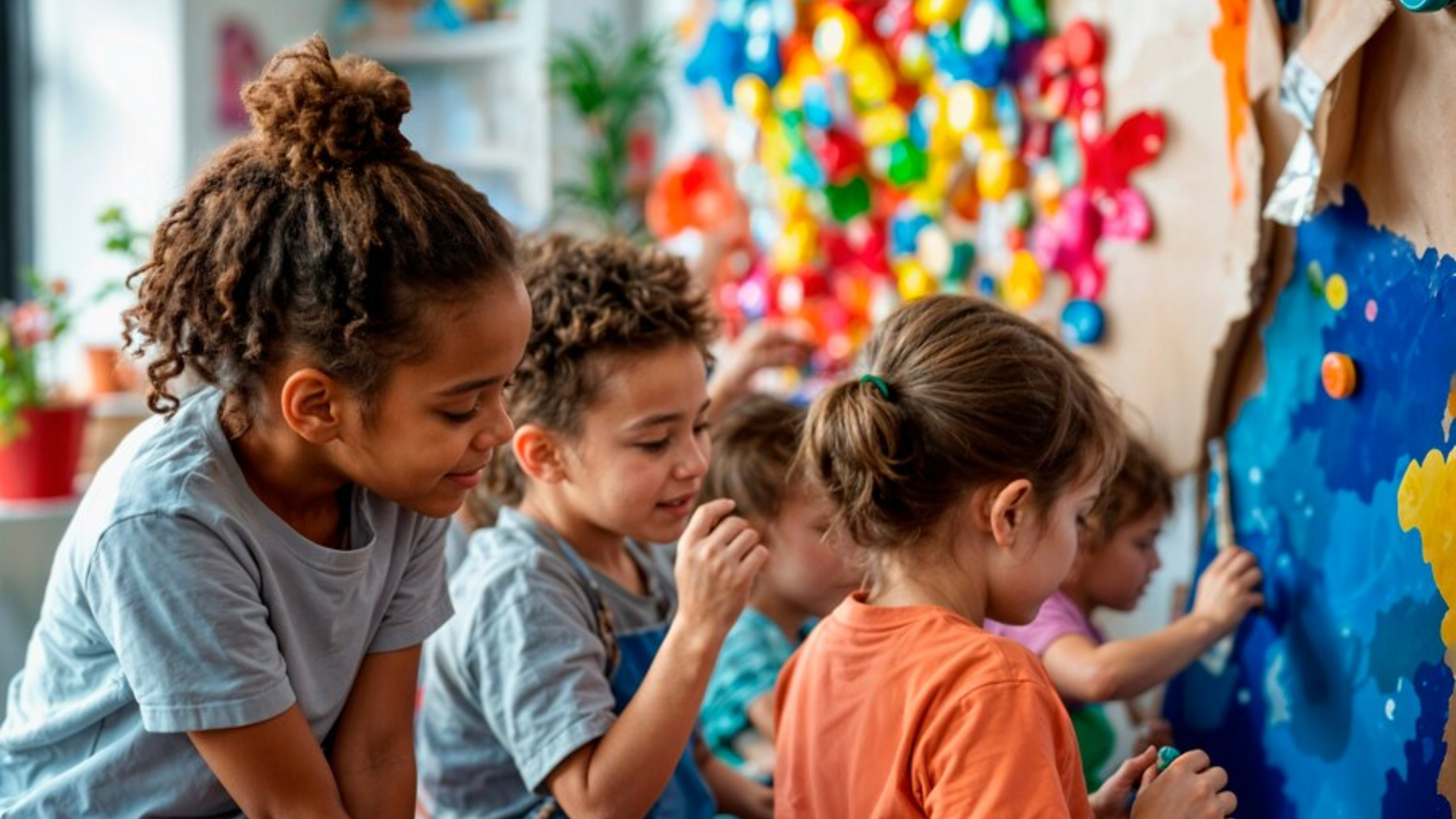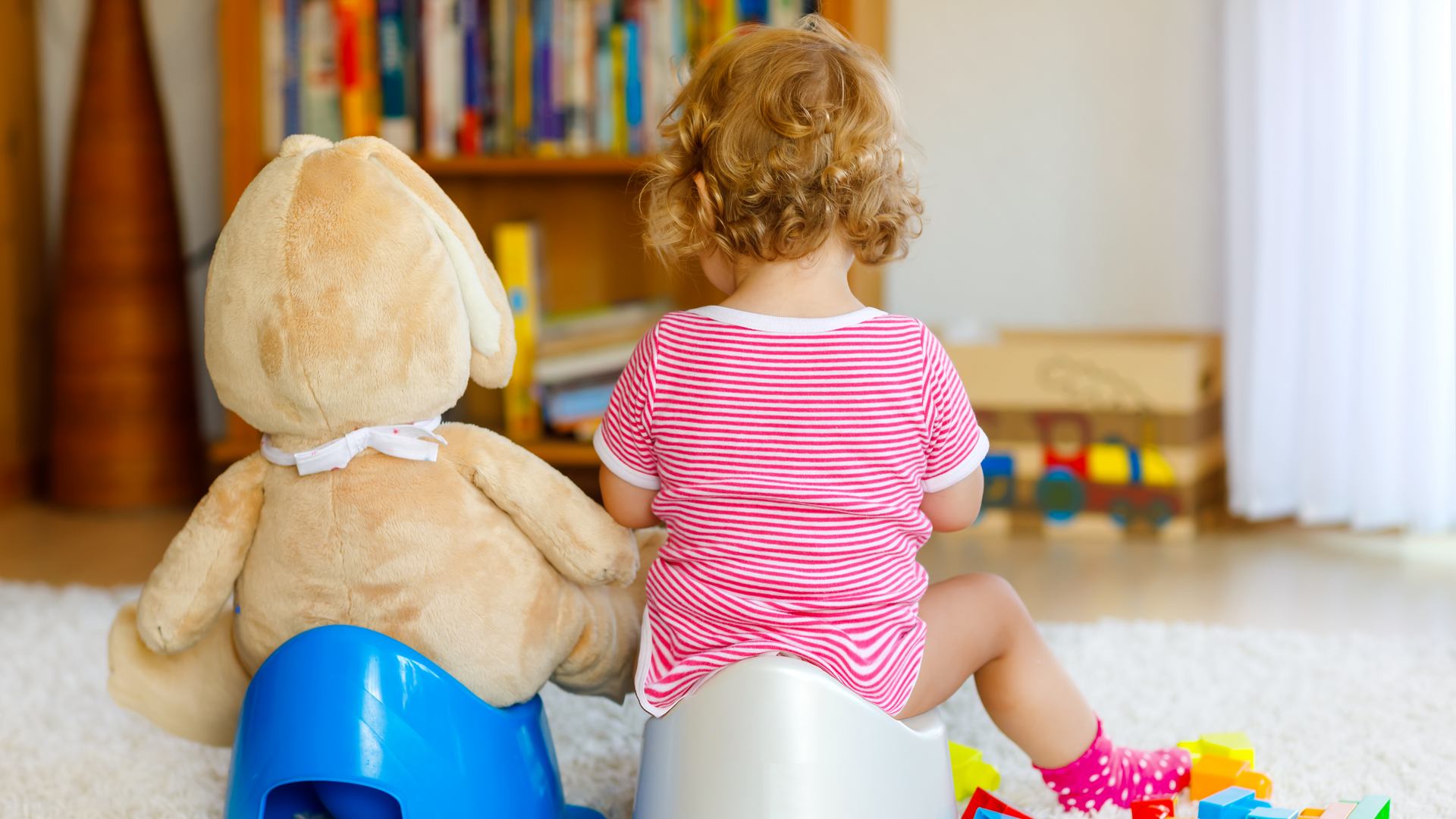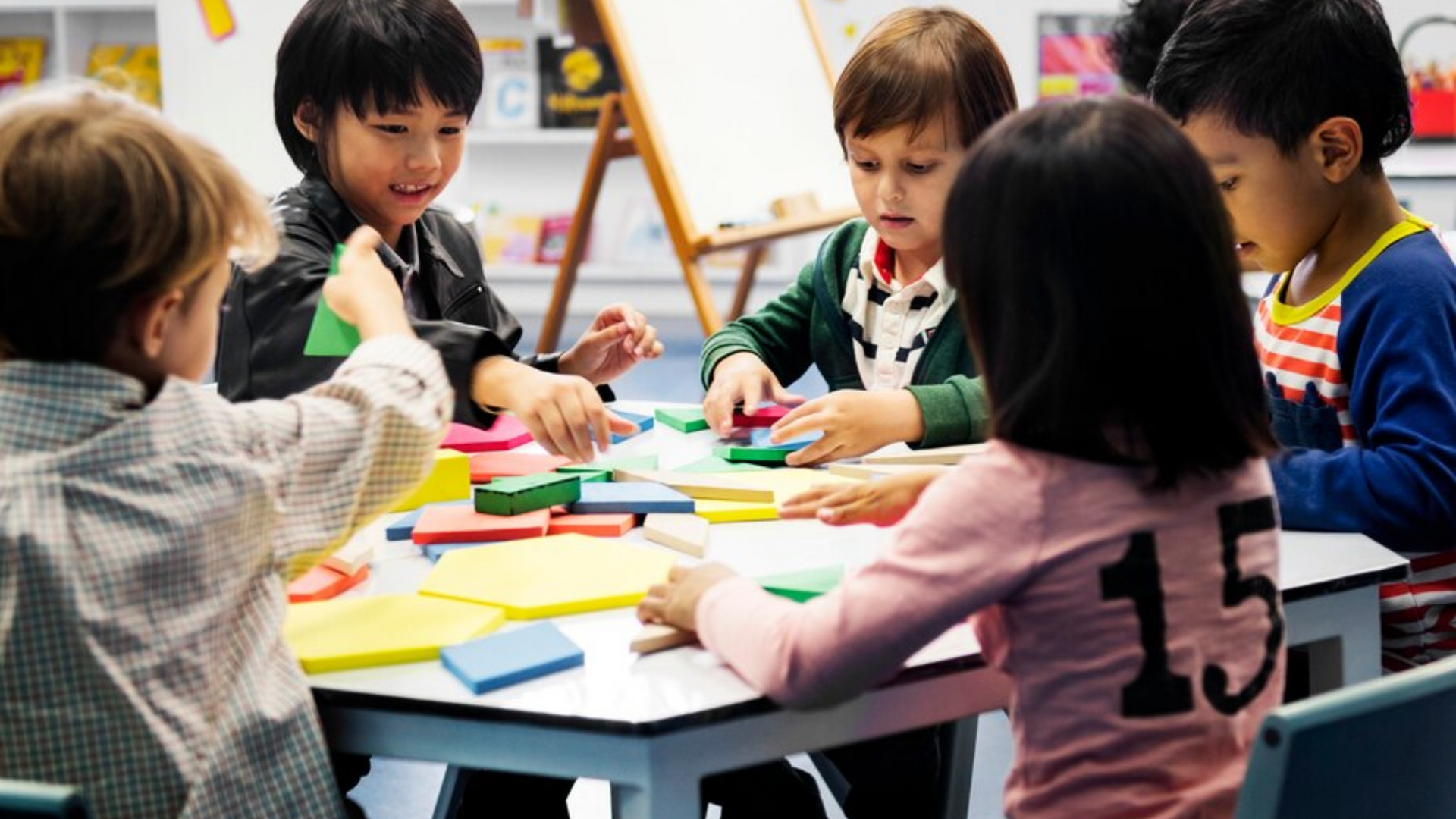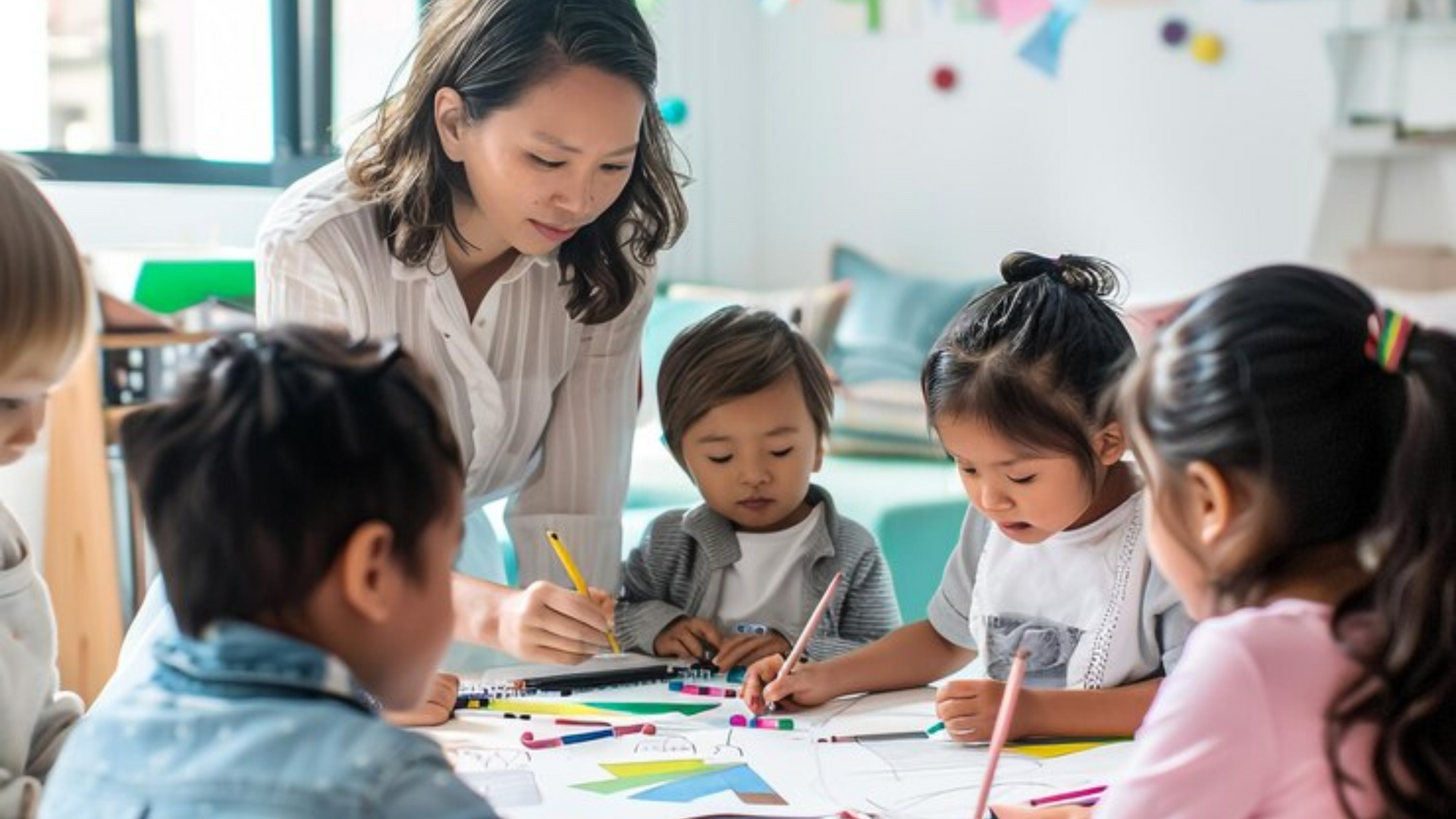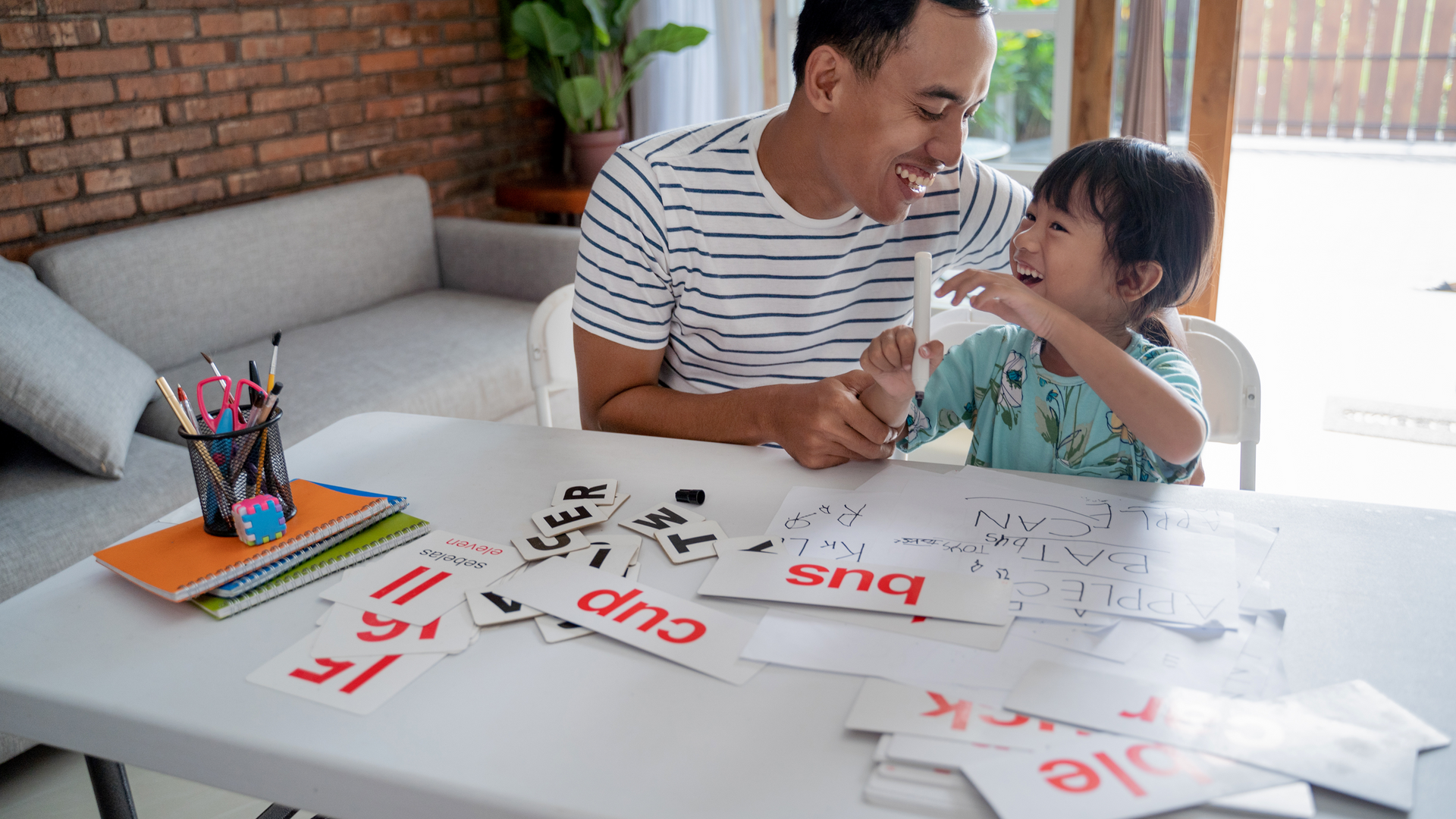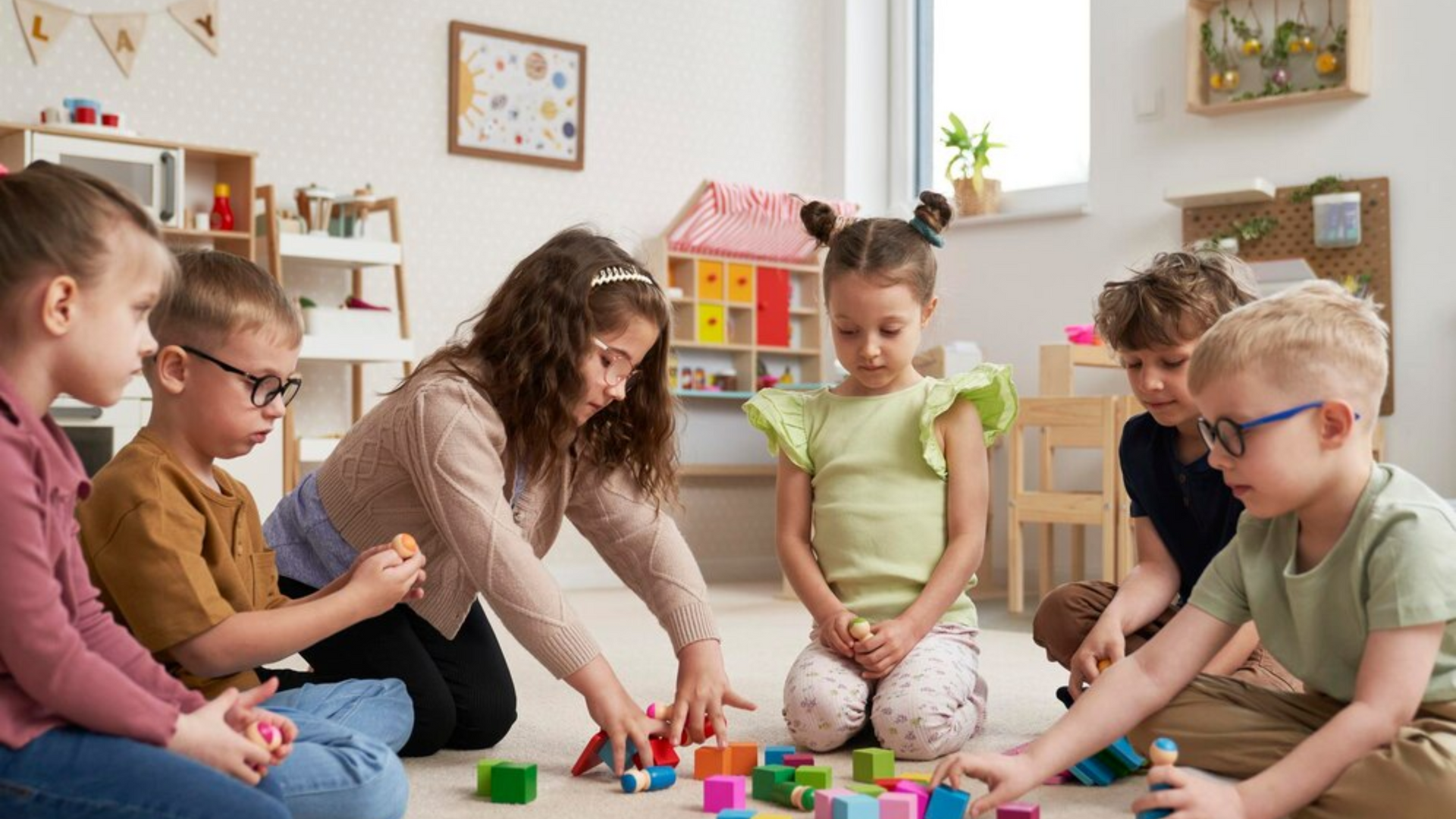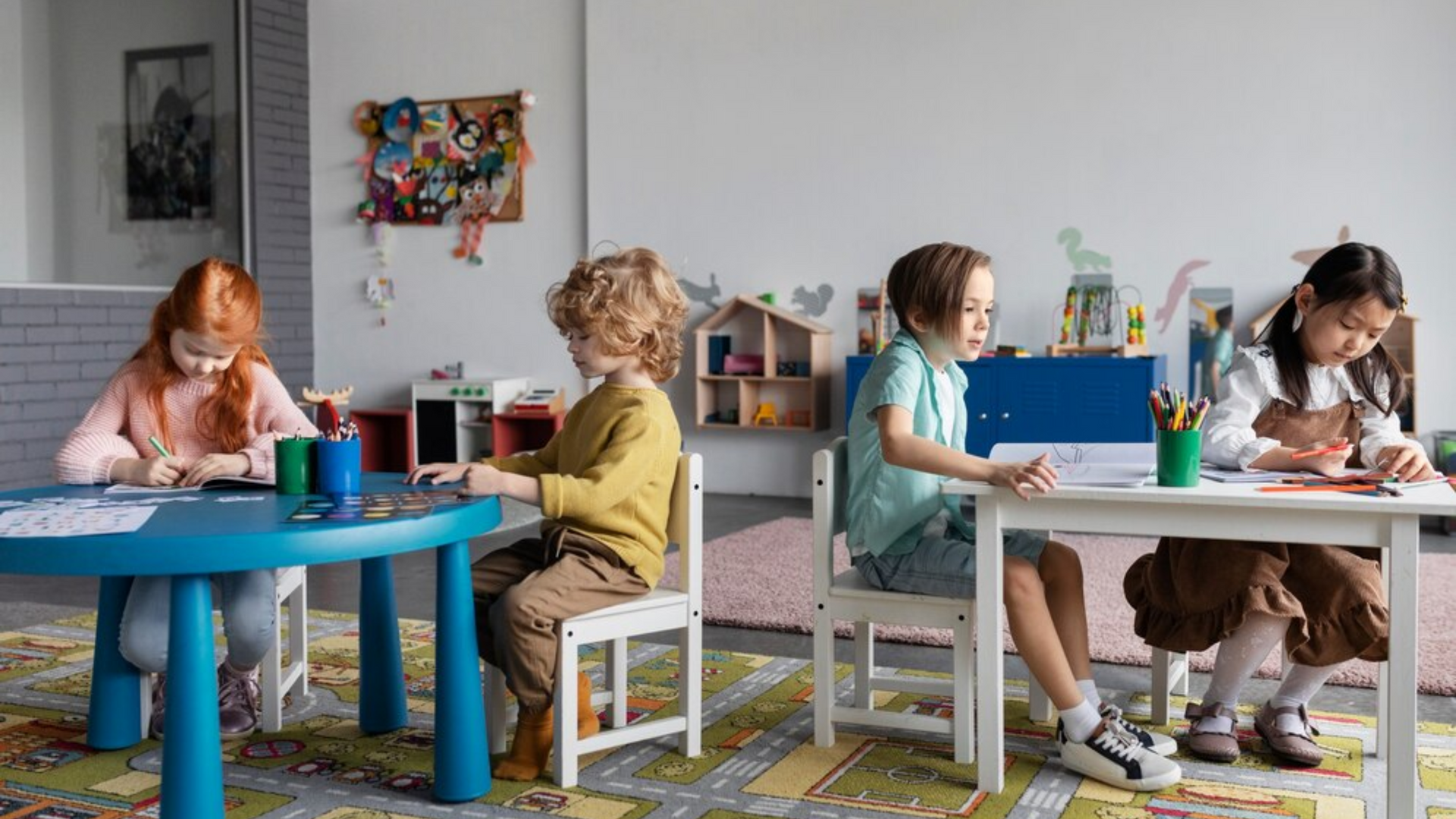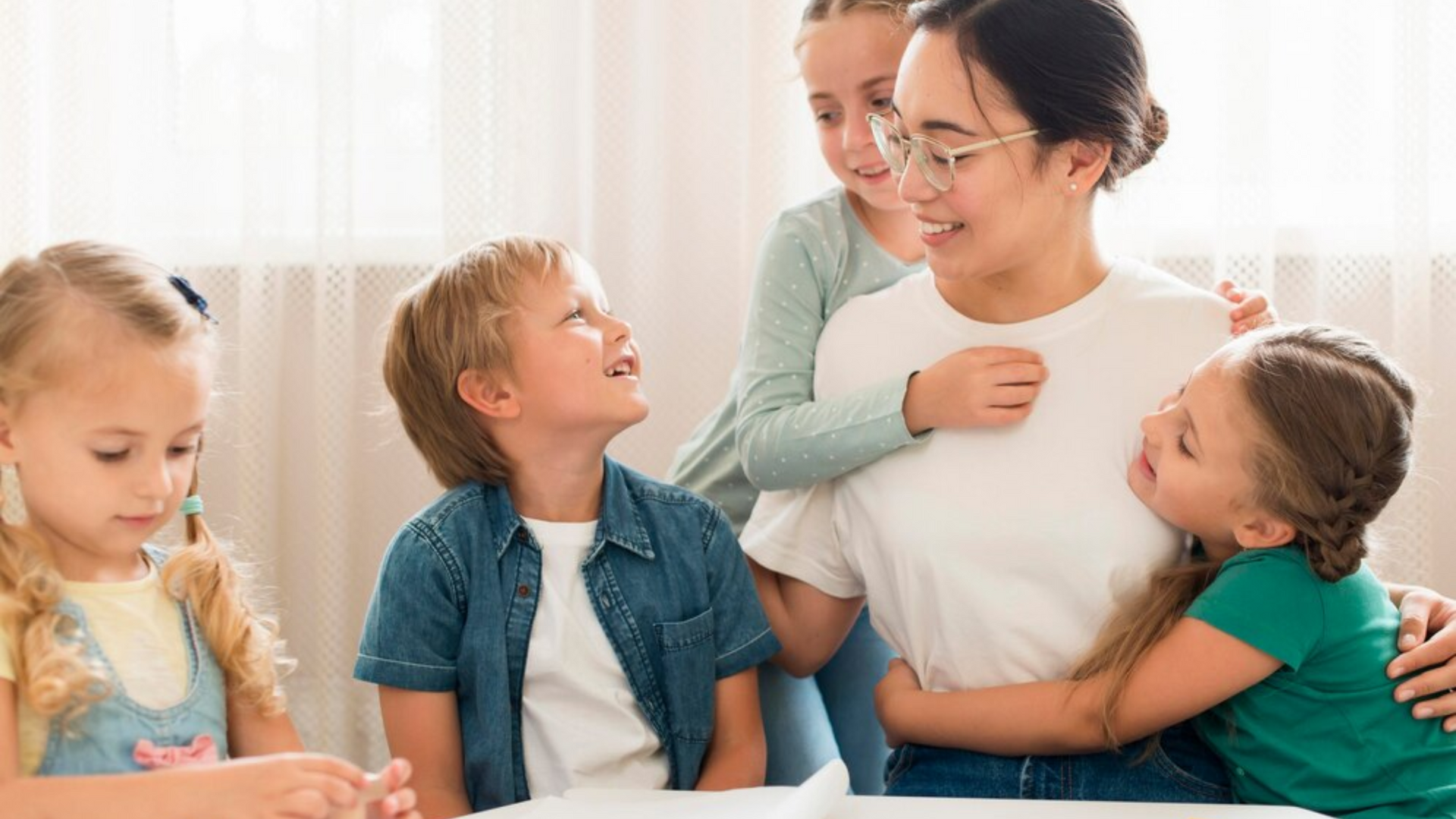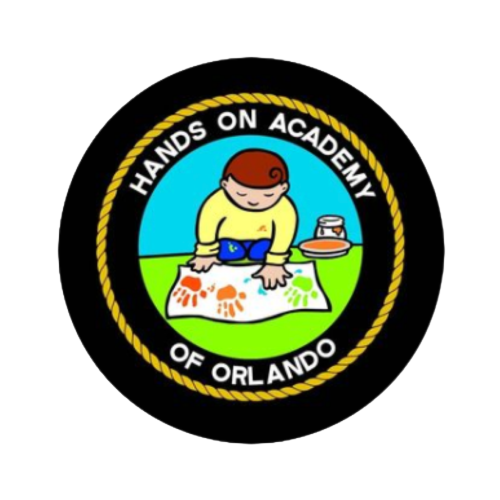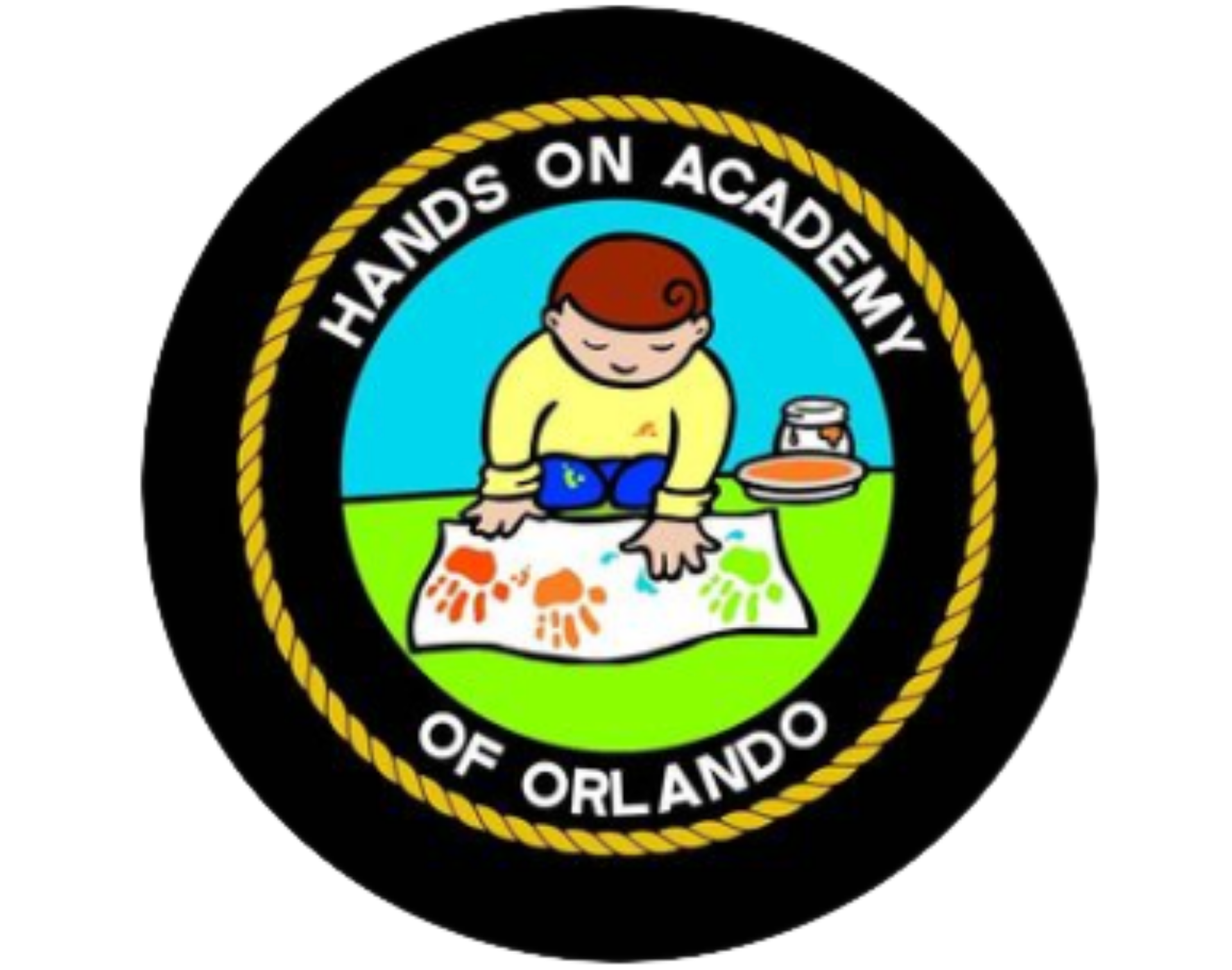Parent Involvement: Building a Strong Home-School Connection

At Hands-On Academy of Orlando, we recognize that the foundation of a child's educational journey begins not only with skilled educators but also with the active involvement of parents. The partnership between home and school plays a pivotal role in fostering the growth, development, and success of young learners. When parents are engaged in their child’s education, children experience better outcomes in terms of academic achievement, social development, and emotional well-being.
In this blog post, we’ll explore the vital role that parent involvement plays in early childhood education, how it impacts your child’s learning experience, and practical strategies for fostering a strong home-school connection. By the end, we hope you’ll gain a deeper understanding of how collaborating with educators can enhance your child’s overall development and ensure they get the best possible start in their educational journey.
Why Parent Involvement Matters
The importance of parent involvement in education cannot be overstated. Research consistently shows that children whose parents are actively involved in their learning experience better academic performance, higher self-esteem, and improved behavior. In fact, studies have demonstrated that when parents are engaged, children are more likely to develop positive attitudes towards school and show greater enthusiasm for learning.
In early childhood education, the role of the parent is especially significant. At this stage, children are like sponges, absorbing everything around them. The attitudes, behaviors, and values that parents exhibit can directly influence how children approach learning, social interactions, and problem-solving. Parent involvement also strengthens the home environment, ensuring that children experience consistent support and encouragement, both in school and at home.
The Benefits of Parent Involvement
When parents take an active role in their child’s education, there are several benefits for both the child and the school. These benefits extend beyond academic achievement and contribute to the overall growth and well-being of the child.
1. Improved Academic Performance
Studies have consistently shown that children whose parents are actively involved in their education perform better academically. This involvement can come in many forms, such as attending parent-teacher conferences, helping with homework, or participating in school events. Children who see their parents valuing education are more likely to value it themselves.
At Hands-On Academy, we make it a priority to involve parents in their child’s academic progress. Through regular communication, parent-teacher conferences, and developmental assessments, we ensure that parents stay informed about their child’s learning journey. This open line of communication allows parents to be active participants in their child’s development and academic success.
2. Stronger Social and Emotional Development
Parent involvement also plays a key role in a child’s social and emotional development. Children learn by observing their parents and caregivers, and the more parents engage in their child’s education, the more they model positive social behaviors such as communication, cooperation, and empathy. Additionally, children who feel supported by their parents are more likely to have higher levels of self-confidence and emotional security.
Hands-On Academy fosters an environment where social and emotional learning is at the forefront. Through play-based learning, cooperative activities, and guided discussions, children are encouraged to explore and develop their social-emotional skills. When parents are involved, children benefit from reinforcement of these skills both at home and in school.
3. Enhanced Behavioral Outcomes
Parental involvement in education also positively affects behavior. Children whose parents are engaged in school activities are more likely to exhibit positive behavior in the classroom. This is because involved parents help set clear expectations for behavior and reinforce those expectations consistently at home.
Through our collaborative approach to education, we work with parents to ensure that the behavioral expectations set at school align with those in the home. When parents and educators are on the same page, children benefit from a consistent environment that helps them develop self-discipline, respect for others, and a strong sense of responsibility.
4. Better Communication Between Home and School
One of the most important outcomes of parent involvement is the development of strong communication between home and school. When parents and educators communicate openly, they can share insights, concerns, and strategies to support the child’s growth. This ongoing dialogue ensures that both parties are working together to meet the child’s individual needs.
At Hands-On Academy, we understand that communication is key. We make it a point to regularly update parents about their child’s progress, share important information about upcoming events, and provide opportunities for parents to voice their concerns. Our goal is to ensure that parents feel confident and informed about their child’s experience at our academy.
Practical Ways to Get Involved
While the benefits of parent involvement are clear, it can sometimes feel challenging to find the time or know how to contribute effectively. Below are some practical and easy ways that parents can get involved in their child’s early education at Hands-On Academy:
1. Attend Parent-Teacher Conferences
Parent-teacher conferences provide an excellent opportunity to discuss your child’s progress, strengths, and areas for growth. By attending these meetings, parents can gain a better understanding of how their child is doing in school and collaborate with educators to develop strategies for continued growth.
At Hands-On Academy, we encourage parents to attend these conferences regularly. We view them as an opportunity for parents to become active participants in their child’s learning journey and ensure that we are all working toward the same goals.
2. Volunteer in the Classroom or at Events
Volunteering is one of the most effective ways to engage with your child’s learning environment. Whether it’s helping out in the classroom, organizing a school event, or chaperoning a field trip, volunteering allows parents to be directly involved in their child’s education while also building relationships with teachers and other families.
At Hands-On Academy, we encourage parents to volunteer when possible. There are many ways to get involved, and every contribution, no matter how small, makes a big difference in creating a vibrant and supportive school community.
3. Support Learning at Home
Parent involvement doesn’t have to be limited to school hours. Parents can support their child’s learning at home by creating a positive and engaging environment for learning. This can include reading together, working on educational activities, and reinforcing lessons learned in school.
Our educators at Hands-On Academy provide parents with resources, ideas, and tips for extending learning at home. Whether it’s creating a quiet study space or providing materials for arts and crafts, there are many ways parents can support their child’s development outside of school.
4. Maintain Open Communication with Teachers
Communication is essential to building a strong home-school connection. Make sure to stay in touch with your child’s teachers through emails, phone calls, or in-person meetings. Share any concerns you may have, ask questions, and offer feedback on how your child is doing at home.
At Hands-On Academy, we prioritize communication with parents. Our teachers regularly provide updates on your child’s progress and are always available to discuss any concerns you may have. By working together, we can ensure that your child is receiving the support they need to thrive.
5. Participate in School Events and Activities
Hands-On Academy organizes various events and activities throughout the year, from family fun nights to seasonal celebrations. Participating in these events helps build a sense of community and allows parents to connect with other families. It’s also a great way to show your child that you value their education and the learning environment.
We invite all parents to actively participate in these events, as they offer valuable opportunities to engage with the school community and show support for your child’s educational experience.
Conclusion
Parent involvement is an essential ingredient in a child’s educational success. By actively participating in your child’s learning, whether through attending conferences, volunteering, supporting learning at home, or maintaining communication with educators, you help set the stage for a positive and successful educational journey.
At Hands-On Academy of Orlando, we recognize the vital role that parents play in shaping their child’s experience. We are committed to fostering a collaborative environment where both parents and educators work together to provide the best possible educational foundation for every child.
As you think about ways to enhance your child’s education, you may also want to consider the best age to start childcare and the benefits of early enrollment. These considerations play a significant role in shaping your child’s early learning experience. For more insights, take a moment to explore our articles on
What’s the Best Age to Start Childcare and
7 Advantages of Early Childcare Enrollment to help guide your decisions for your child’s future.

